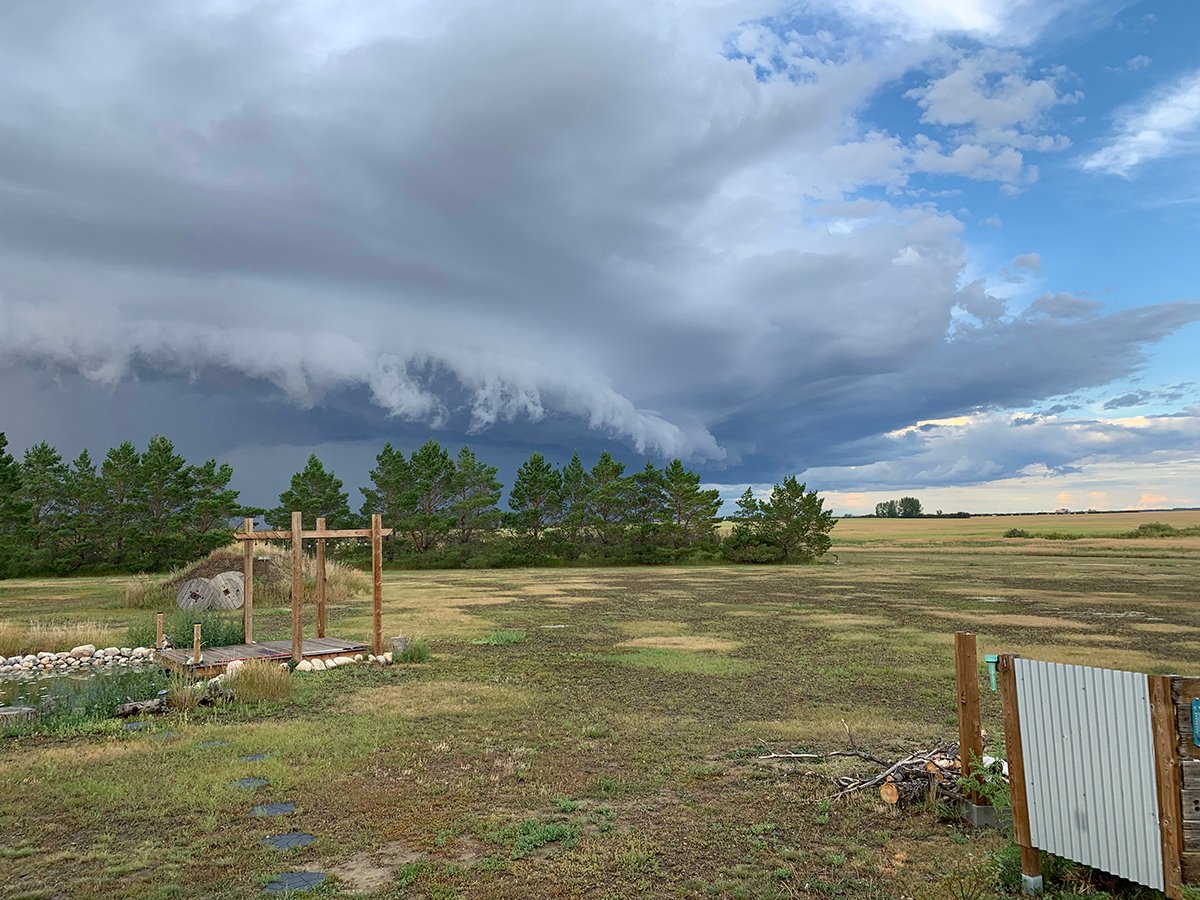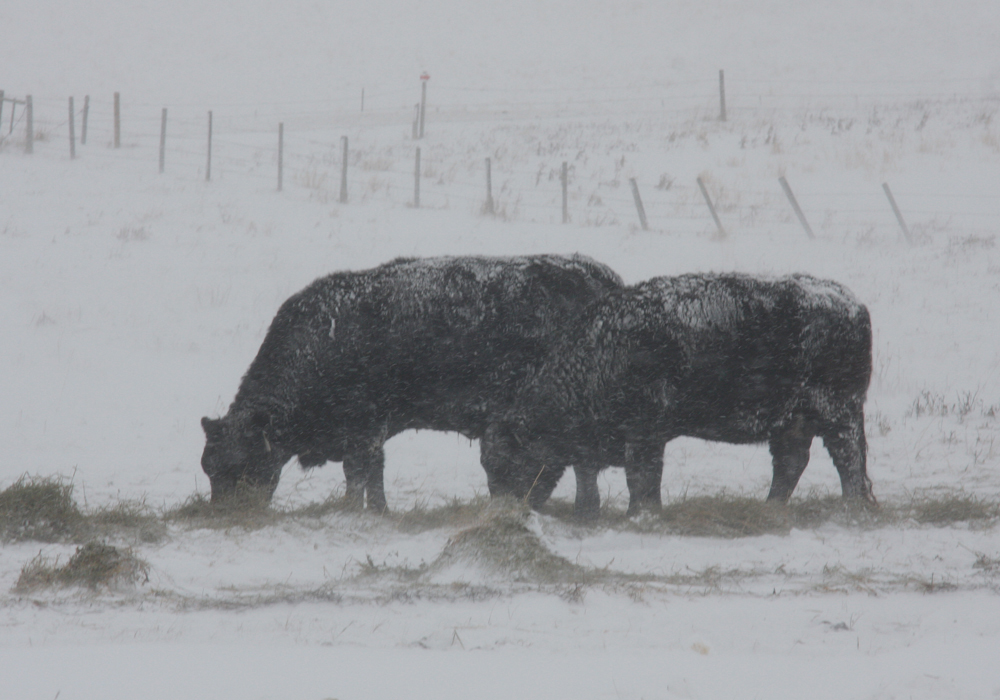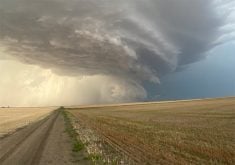March across the Prairies was almost, but not quite, a weather reversal of February.
Last year, June had average temperatures equivalent to July’s, and July had average temperatures more like June. We didn’t quite see that in March, but in some locations, March was a little colder than February. The strange weather continues. March was colder than average by a few degrees in most locations, but not bone chilling. It seemed cold because February was so warm.
In Alberta, southern regions had some of the worst weather across the Prairies. Sorry Calgary region. We do feel sorry for you when this happens in spring. Looking at mean monthly temperatures, Calgary was the warm spot at-4.2 C, but that was about 2.5 C below the long-term average.
Read Also

Storm dynamics and extreme rainfall
Besides moisture, instability and orographic lift, the next biggest factor that contributes to heavy or extreme rainfall is storm dynamics.
The Edmonton region was the cold spot, with a mean monthly temperature of -5.6 C, about 1.2 C colder than average. Peace River was slightly warmer, with a mean monthly temperature of -5.4 C, which was 0.2 C warmer than average.
I use the international airport temperature for Edmonton and not the Blatchford site, which is what you see on Environment Canada’s website.
In Saskatchewan, Saskatoon recorded both the coldest mean temperature among the main reporting centres across the Prairies, and the coldest compared to average . Saskatoon’s mean monthly temperature was -9.1 C, which was 3.8 C below the long-term average.
It was a little warmer in Regina, which reported a mean monthly temperature of -7.3 C, or 2.5 C below average.
The Winnipeg region was the warm spot, literally and relatively, with a mean monthly temperature of -6.1 C. That is only 0.3 C below average. Brandon was a distant second with -8.5 C, which was 2.3 C colder than average.
My forecast was this: “Eastern regions will see above average precipitation in March with western regions seeing near average amounts. Temperatures will be near to below average in March right across the Prairies.”
Now to the long-range forecasts. The Old Farmer’s Almanac calls for well below average temperatures in April and well above average precipitation. May is expected to see slightly below average temperatures and precipitation. June will see near to slightly above average temperatures and near to slightly below average rainfall.
The Canadian Farmer’s Almanac also calls for a cold and wet April follow by similar conditions in May. Its June outlook is for near average conditions.
NOAA calls for warmer than average temperatures over the eastern prairies and near average temperatures elsewhere in April to June. It predicts near average precipitation. The CFS model calls for above average temperatures, a trend most pronounced over northern regions. It predicts near to above average precipitation over the next three months.
The CanSIPS model forecasts above average temperature in April across all regions except southern Alberta. May and June are expected to see above average temperatures. Its precipitation forecast is spotty; essentially near average.
The ECMWF or European model calls for above average temperatures with near average precipitation, and Manitoba with a chance of above average amounts.
I think we will see near to above average temperatures over the next three months, and I lean toward the ECMWF model, which predicts near average precipitation and potentially above average amounts in the eastern Prairies.
Daniel Bezte is a teacher by profession with a BA in geography, specializing in climatology, from the University of Winnipeg. He operates a computerized weather station near Birds Hill Park, Man. Contact him at dmgbezte@gmail.com.
















